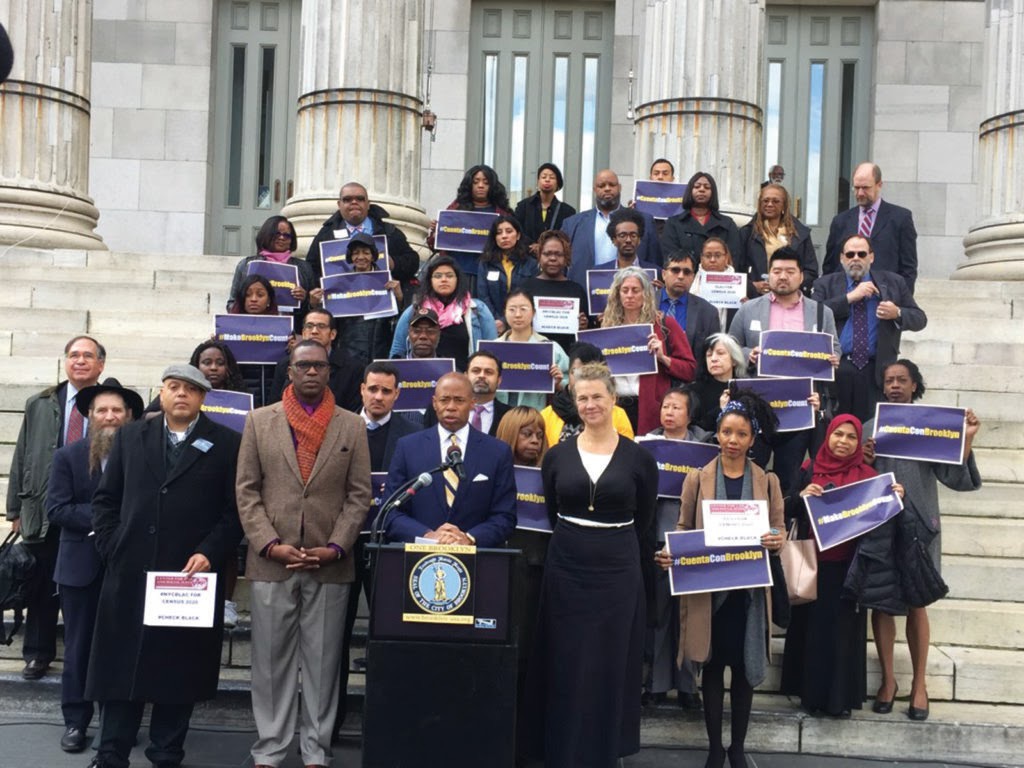Grassroots groups get city grants to help. Census count Southwest Brooklyn undercounted in 2010

ebrooklyn media/File photo by Shlomo Sprung
BOROUGHWIDE— Determined not to be undercounted in the U.S. Census in 2020, New York City is busy gearing up for the big tally.
Mayor Bill de Blasio announced Dec. 9 that the city is awarding $19 million from the New York City Complete Count Fund to 150 grassroots groups that will be working on the ground to encourage residents to fill out their Census forms.
The Complete Count Fund, a joint effort by the de Blasio administration and the City Council, is part of the city’s $40 million investment in census-related mobilization.